
Between August 9 and August 23, 2020, I had a journey to the Northeast of China, covering Liaoning Province, Jilin Province, and Heilongjiang Province, ultimately reaching the easternmost point at a distance of 1720 km from Beijing. Throughout my trip, I documented my experiences daily on LinkedIn, and in this article, I have compiled all my posts.
In this particular post, which was taken at midnight on August 10, 2020, in Shenyang, the capital city of Liaoning Province, you can see locals indulging in hotpot, while the nearby convenience store is open 24/7. These small pleasures were often overlooked before the covid-19 outbreak, but now they have become more precious than ever. I found the experience heartwarming and touching.
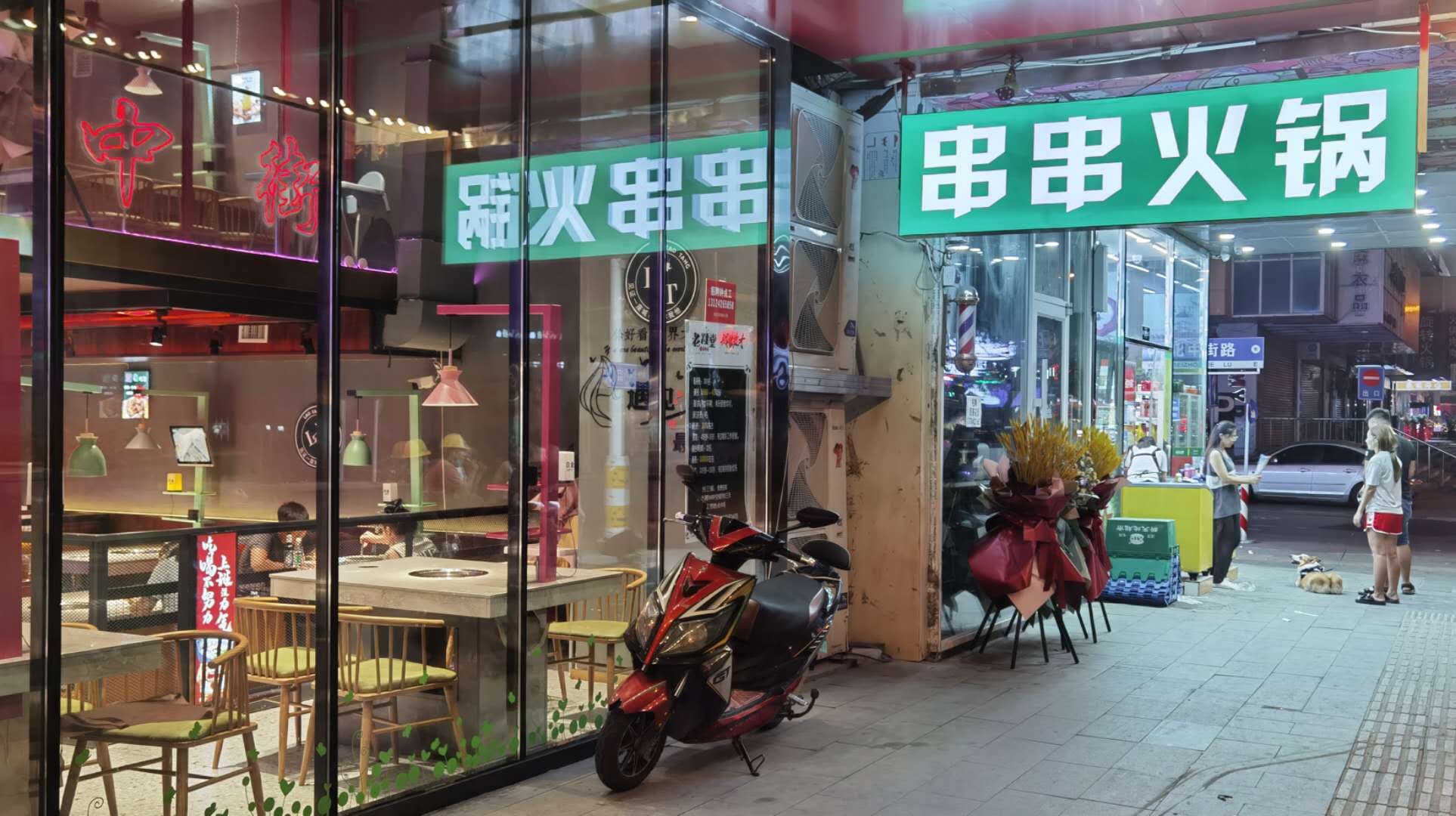
Day 1, 9 Aug 2020
City views of Shenyang.
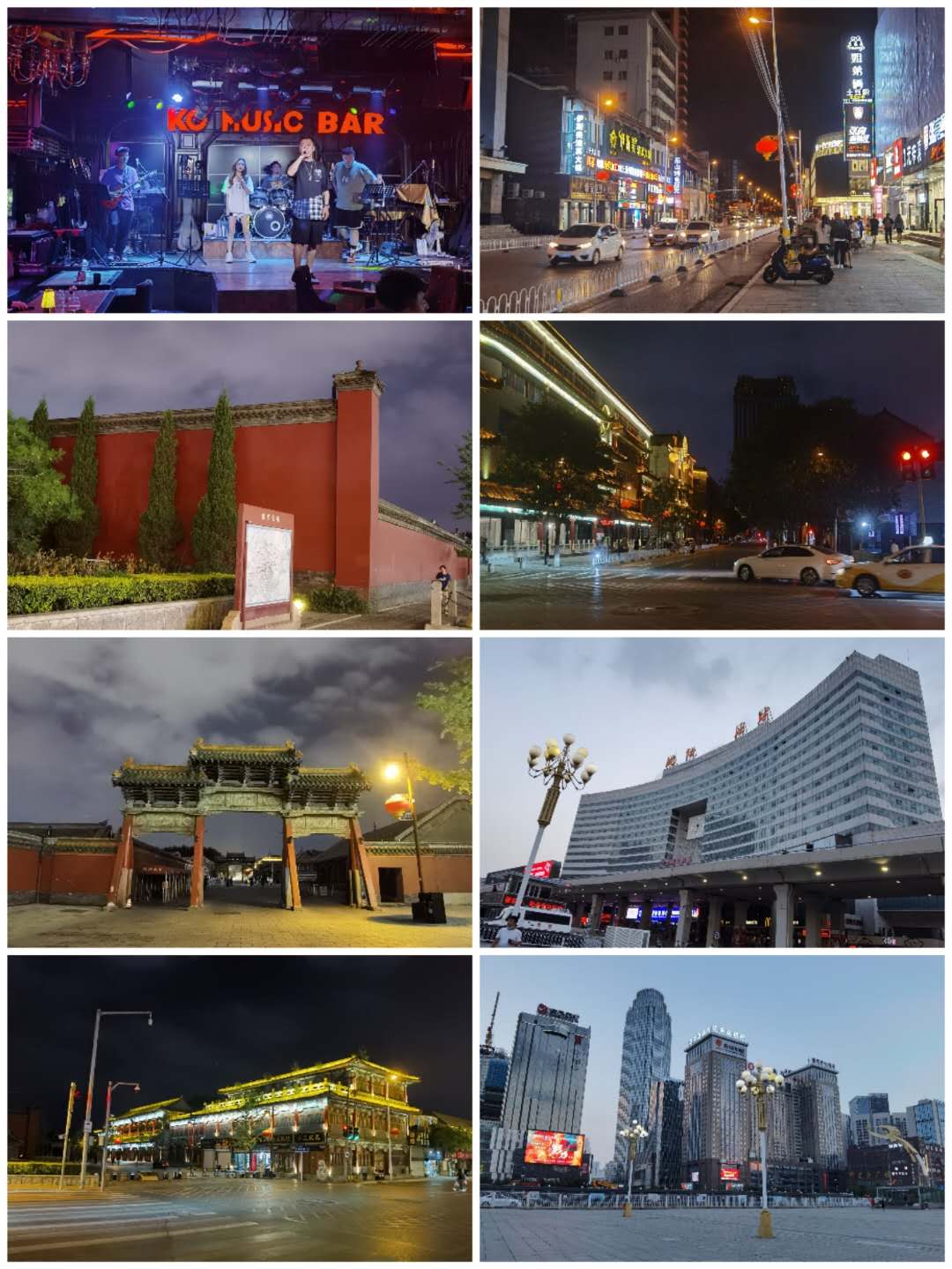
Day 2, 10 Aug, AM
Located roughly 25 minutes away from the city centre, Bird Island is a true sanctuary. Situated in the middle of the Hun River, this island oasis boasts captivating scenery, a tranquil ambiance, and diverse flora and fauna. Visitors can leisurely stroll around, taking in the sights and sounds or simply relax and unwind amid nature. The island is home to a plethora of bird species, all of which roam freely in the open fields. Its heartening to see these creatures thriving in their natural habitat.
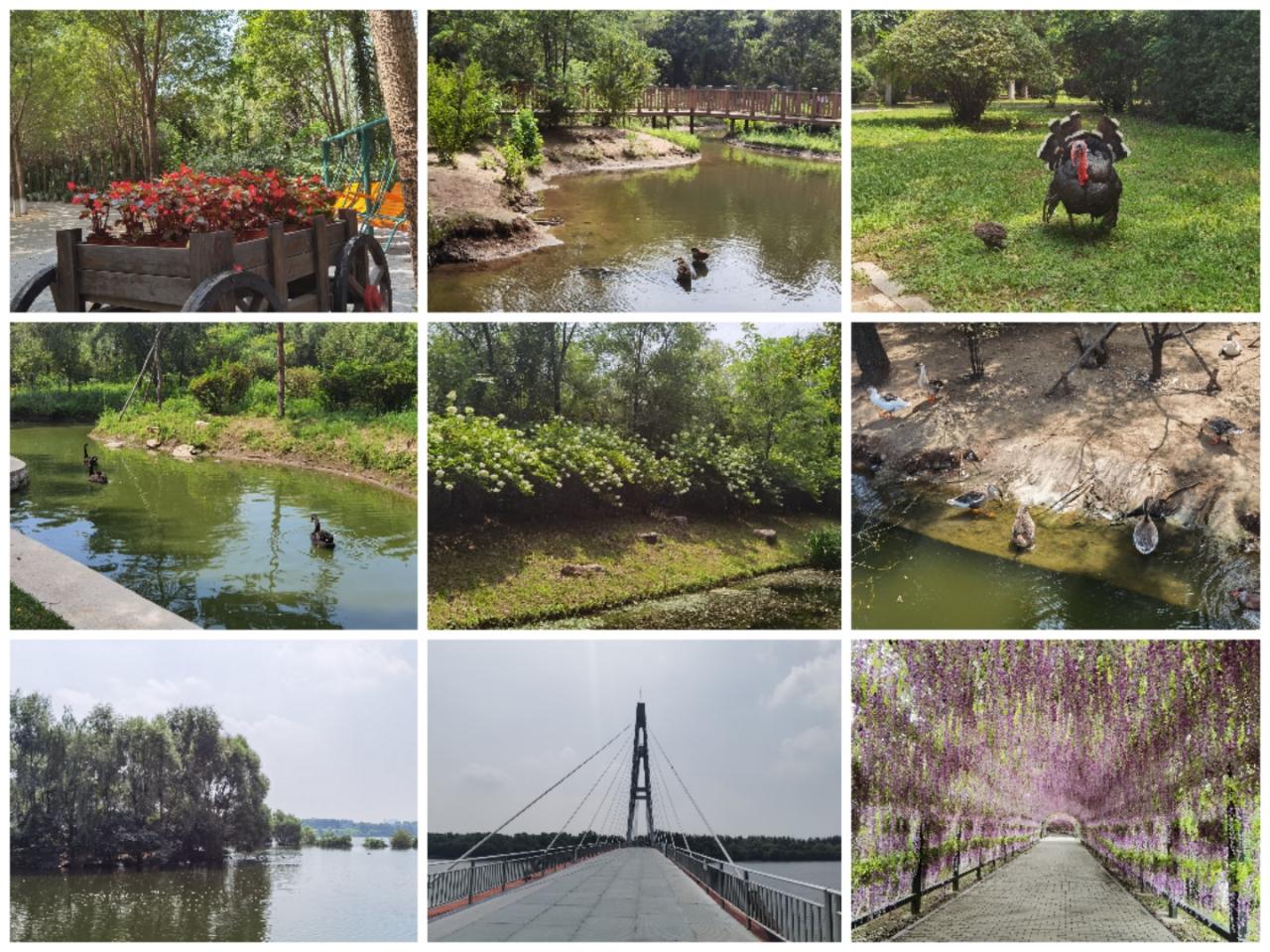
Day 2, 10 Aug, PM
Qing Zhaoling Tomb
One of Chinas most impressive historical sites, the Qing Zhaoling Tomb, was constructed between 1643 and 1651 to honor the memory of the first emperor of the Qing Dynasty - Huang Taiji - who passed away in 1643. The tomb also served as the final resting place for his empress and concubines. The above-ground complex consists of palace-like buildings arranged in a simplified format. However, the actual burial chambers are located beneath the mound at the back of the entire structure, and they have never been excavated.
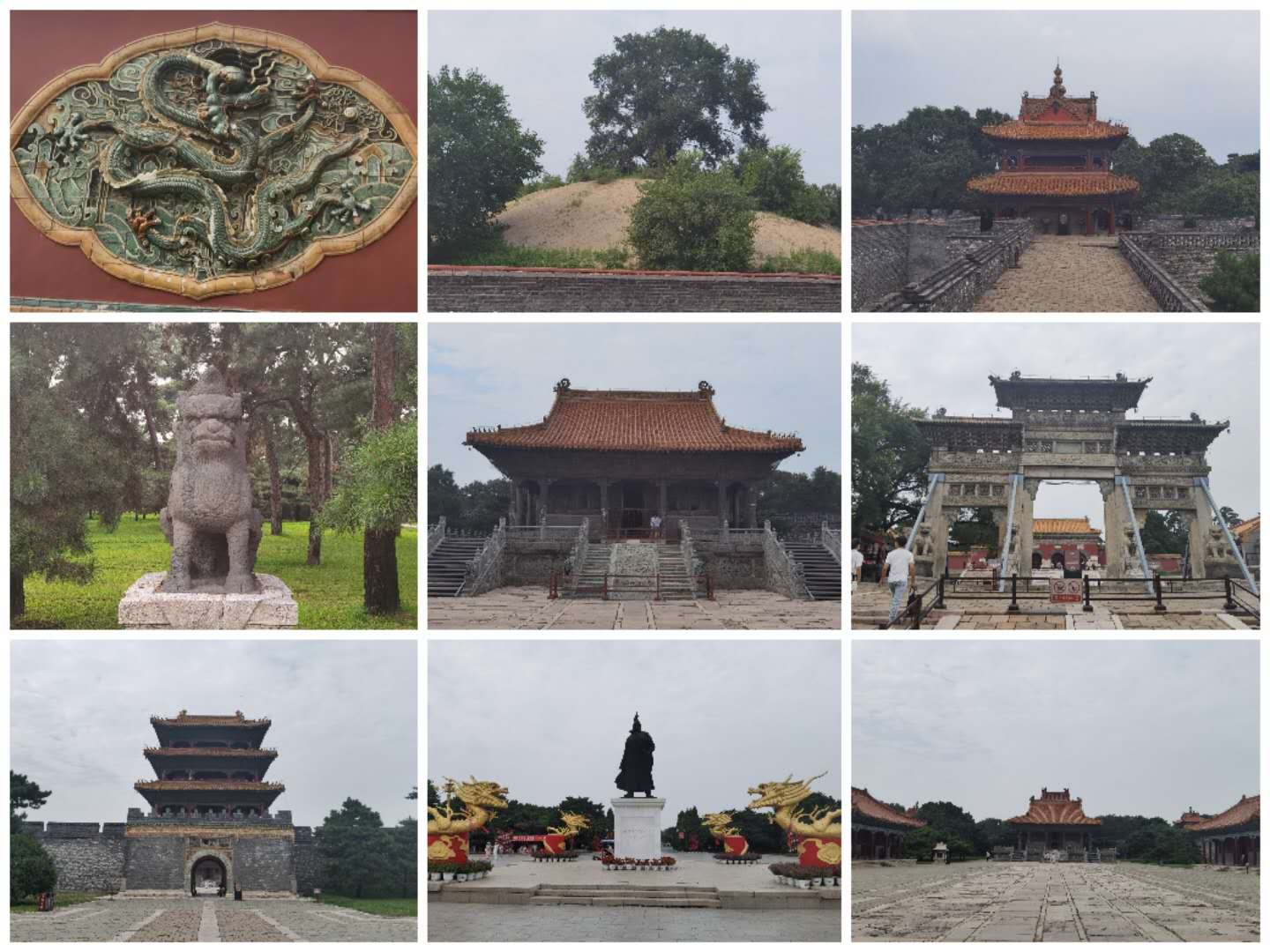
Day 3, 11 Aug, AM
Shenyang Imperial Palace
The Shenyang Imperial Palace is an essential destination for anyone interested in world cultural heritage. The palace was first constructed by the founding emperors of the Qing Dynasty in 1625. In 1636, Emperor Huangtaiji ascended the throne at this site and renamed the dynasty as the Great Qing. Even after the Qing Dynasty moved their capital to Beijing and claimed the Imperial Palace there, the Shenyang Imperial Palace still remained under protection and continued its expansion until 1783.
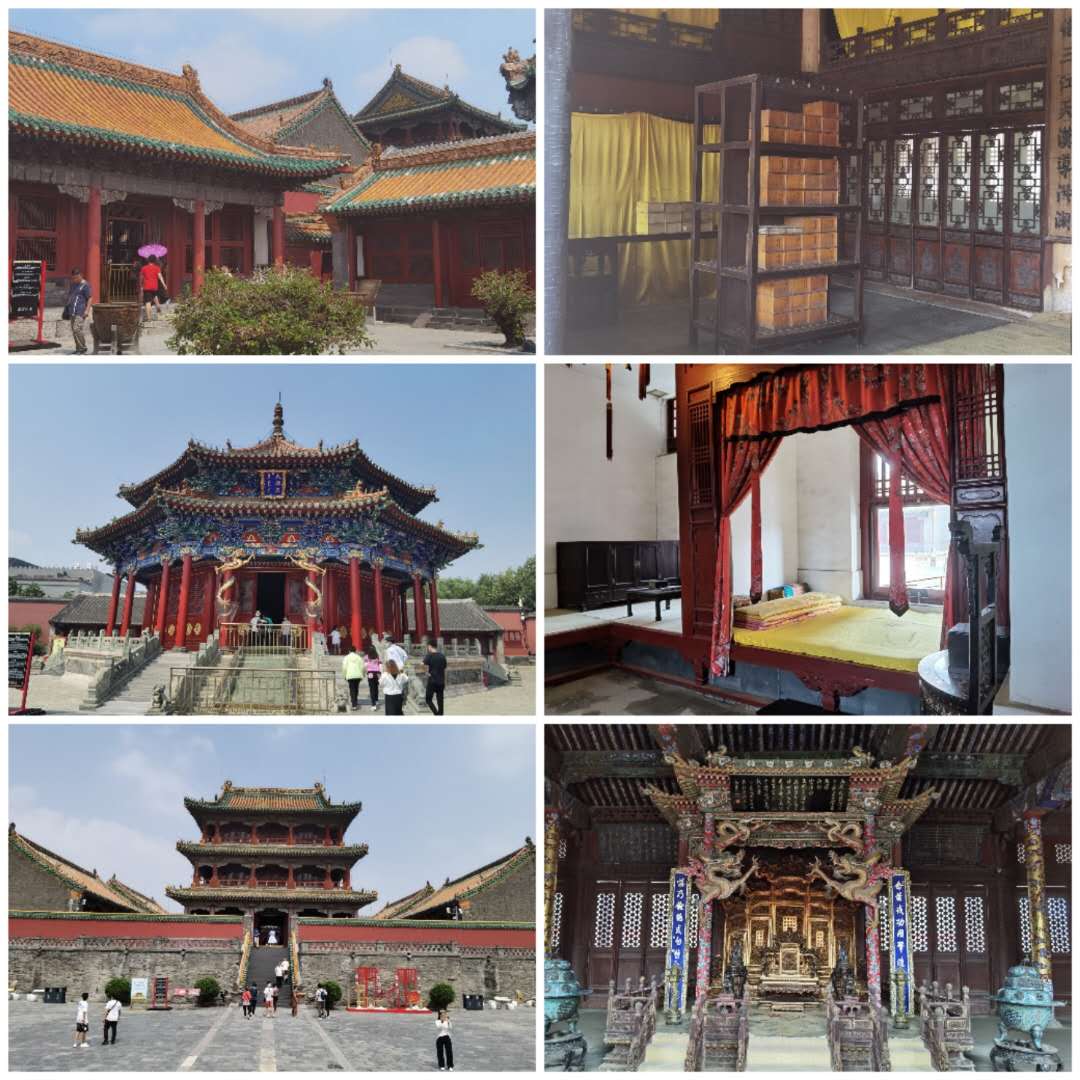
Day 3, 11 Aug, PM
Marshal Zhangs Mansion
The Marshal Zhangs Mansion is a remarkable sight to behold. Constructed in 1914 and spanning across an area of 53,000 square meters, the mansion served as the official residence of Zhang Zuolin, the last leader of the Beiyang Government, and his son - the great patriot general Zhang Xueliang. It remains one of the most immaculately preserved celebrity residences in Northeast China. Visiting this site provides an excellent educational opportunity to learn about the tumultuous history that dominated the first half of the 20th century, replete with wars and conflicts. Anyone interested in history would find this visit exceptionally enlightening.

Day 3, 11 Aug, Night
I took an overnight train to Songjianghe Town, which departed at 18:39 and arrived at 05:48 the next day. From there, it was only a short 30km journey to the Changbaishan West entrance. It had been quite some years ago since I last traveled on an overnight train in China, given the availability of high-speed trains that connect major cities.

Day 4, 12 Aug 2020Tianchi Lake, Changbai Mountain, west slope.
Tianchi Lake on the west slope of Changbai Mountain is a breathtaking natural wonder. The lake sits at the apex of a dormant volcano, surrounded by stunning scenery that can only be described as awe-inspiring. The pristine blue waters are crystal clear, and the surrounding mountains provide an unforgettable backdrop. Visitors to this extraordinary location can go on hikes, explore the lush forests, or experience the tranquility of the lakes calm waters. Its no wonder that Tianchi Lake is considered one of Chinas most beautiful sights.

Day 4, 12 Aug 2020Jinjiang Great Canyon, Changbai Mountain, west slope.
The Jinjiang Great Canyon is located in the west slope of Changbai Mountain. It is a breathtaking destination that offers unforgettable experiences for visitors who are interested in natural wonders.

Day 4, 12 Aug 2020King Pond, Changbai Mountain, west slope.
The pond is situated at an altitude of 1850 meters, covers an area of approximately 14,000 square meters, and has an average depth of 3 meters. It is an elliptical volcanic crater lake, surrounded by mountainous forests of the northeast and meadows to the south. The pond is known for its elegance despite its small size, and its clear waters that are not too deep. When viewed from a distance, it appears like a round, bright moon nestled in the midst of the forest.
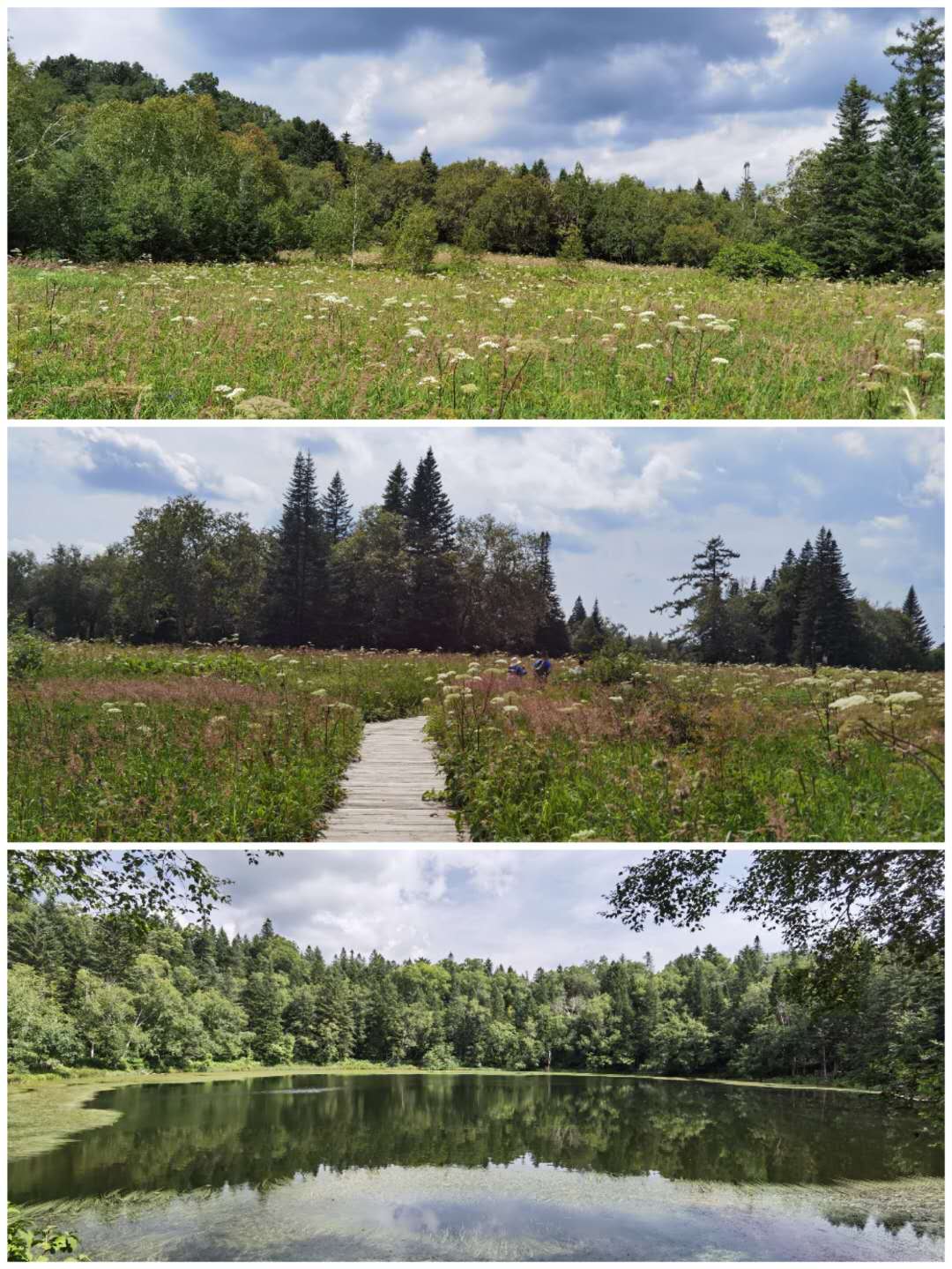
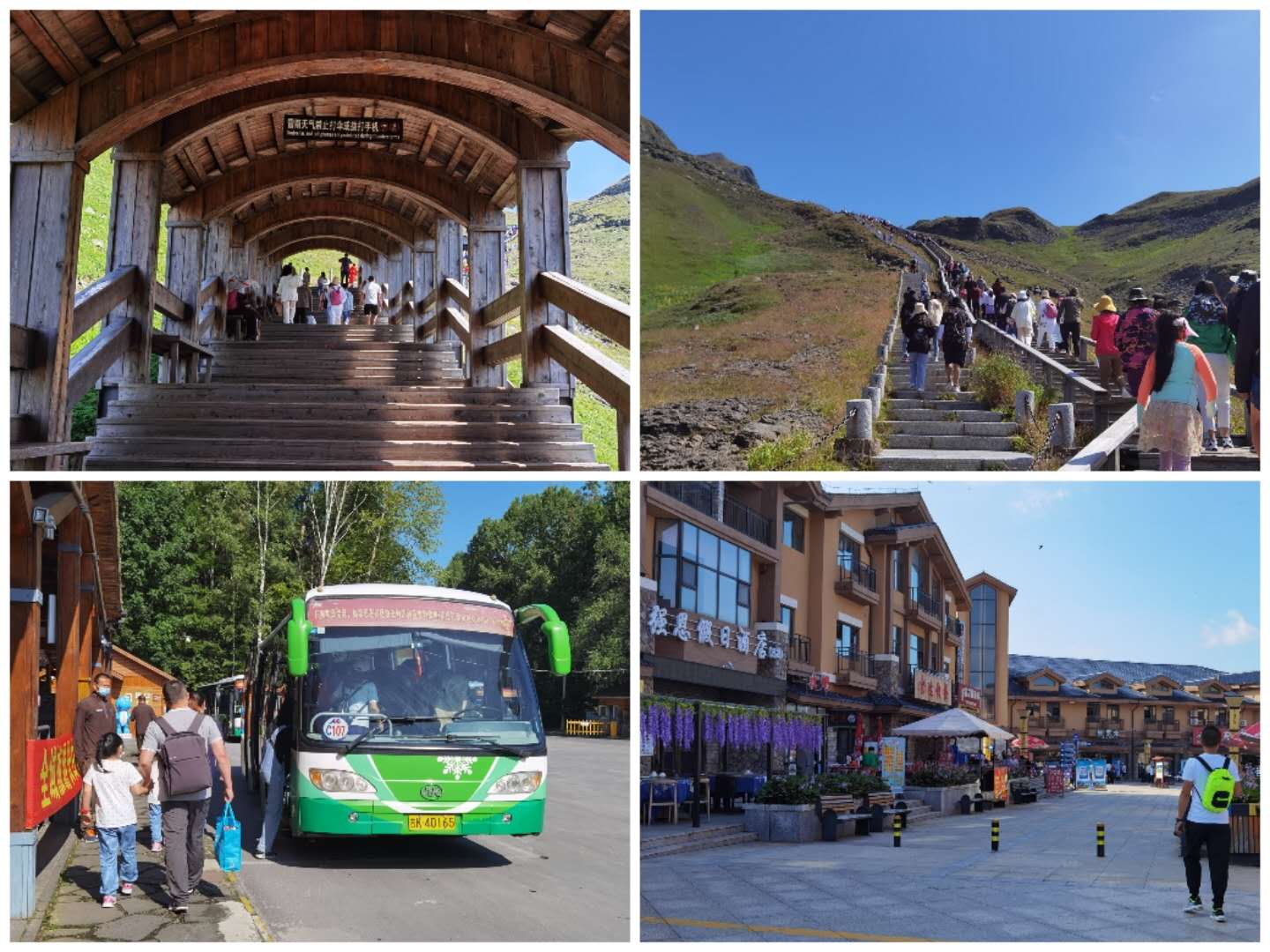
Day 5, 13 Aug 2020
Tianchi Lake, Changbai Mountain, north slope
Tianchi Lake on the north slope of Changbai Mountain offers a completely different experience from the beautiful, mild, green, and flat west slope. The north slope is wild, rough, and full of glamour, making it awe-inspiring. If you prefer to take the winding mountain roads rather than the 1442 steps on the west slope, you should definitely visit here. The ride is like a real-life roller coaster, with beautiful scenic views along the way.
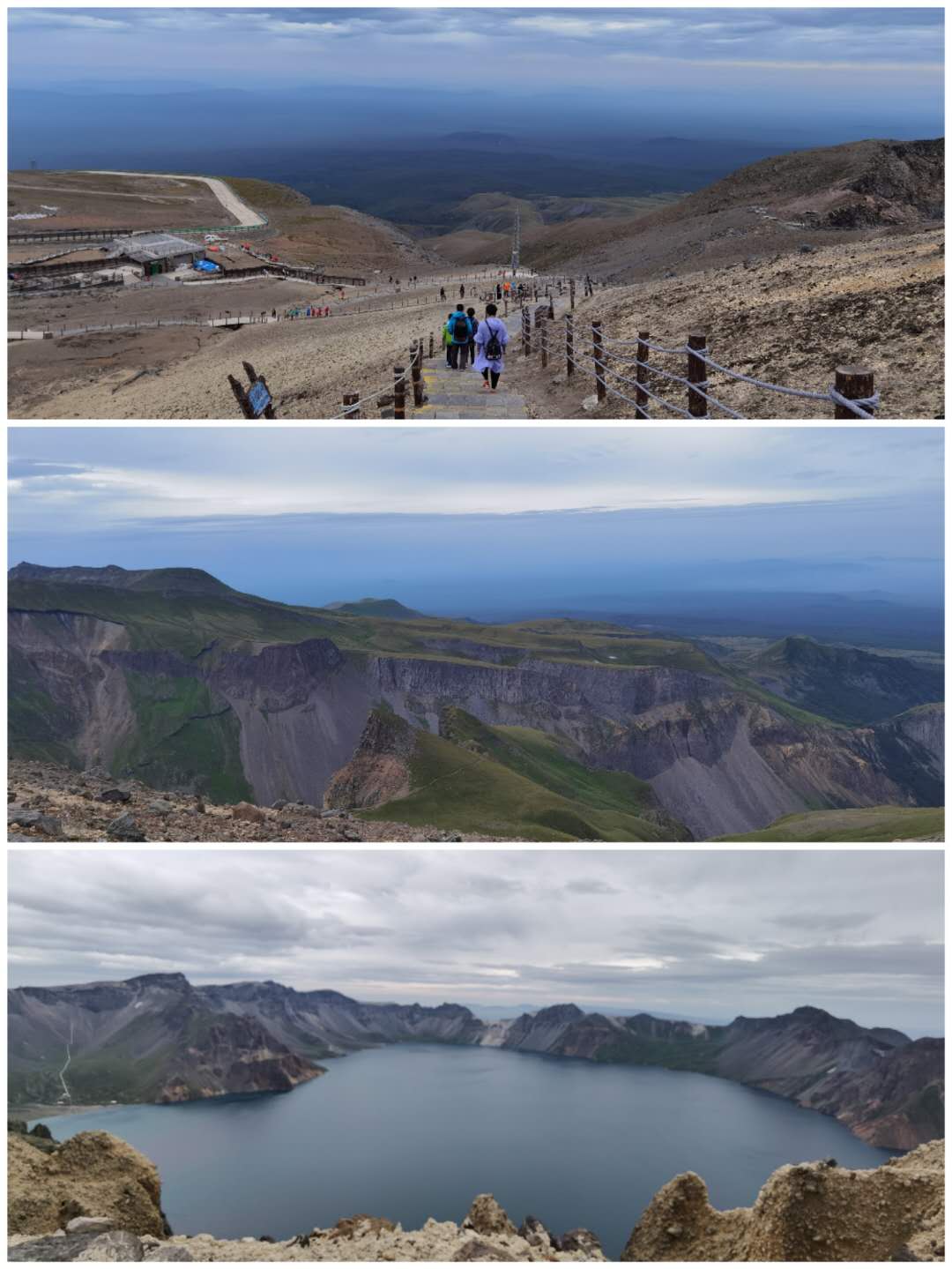
Day 5, 13 Aug 2020
Songhua River Fall, Changbai Mountain, north slope
Located on the north slope of Changbai Mountain, the Songhua River Fall is the origin of the Songhua River and flows out of Tianchi Lake. Its a fascinating experience to witness where a river begins.
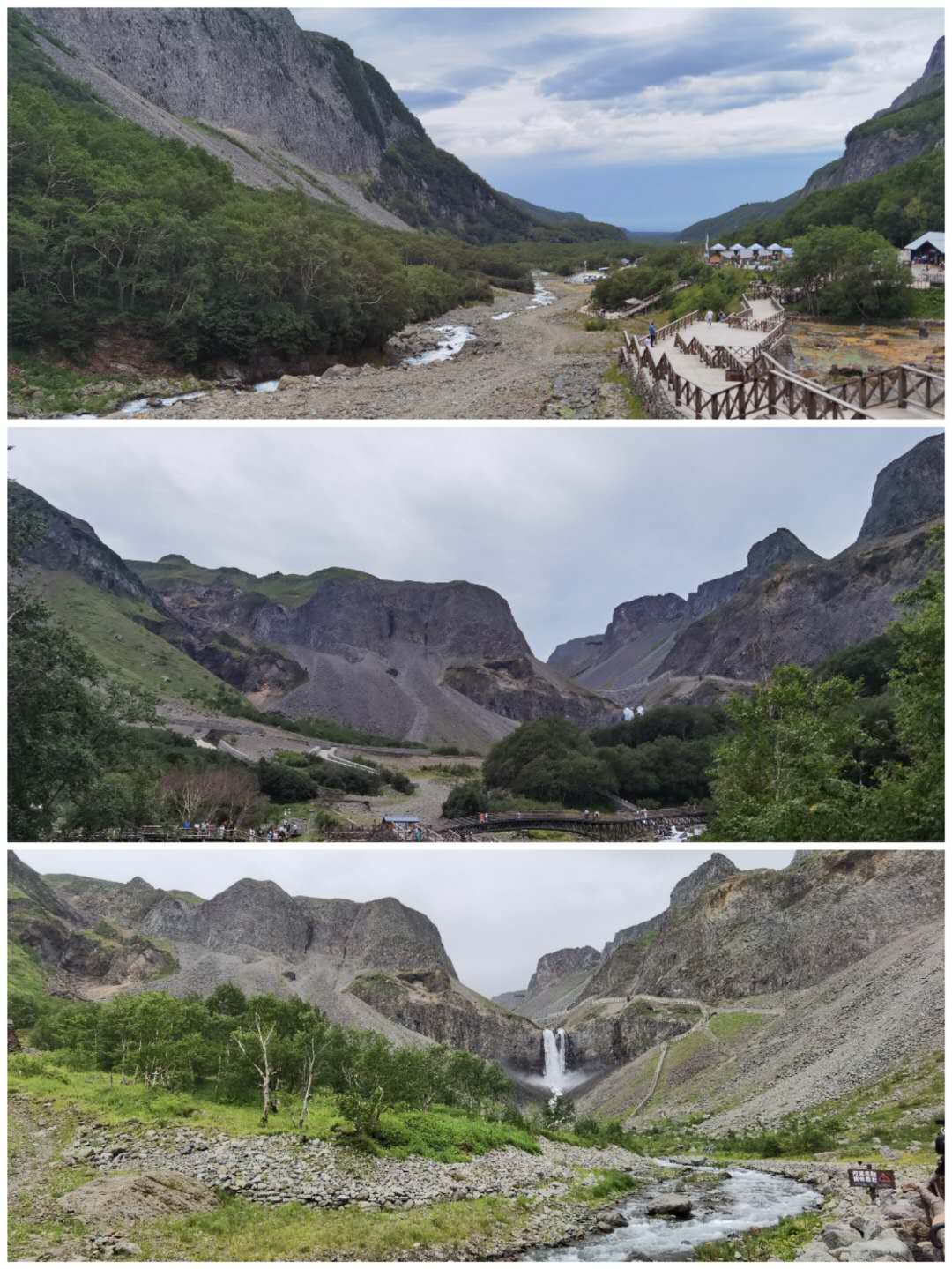
Day 5, 13 Aug 2020
Lvyuan Pool, also known as the Green Water Pool, is located on the north slope of Changbai Mountain. This stunning pool features crystal-clear green water that is reflected by the surrounding trees and mountains. Its a popular destination for tourists seeking to admire the natural beauty of the area. We have both pictures with and without visitors, so you can appreciate the pools serene atmosphere from different perspectives.
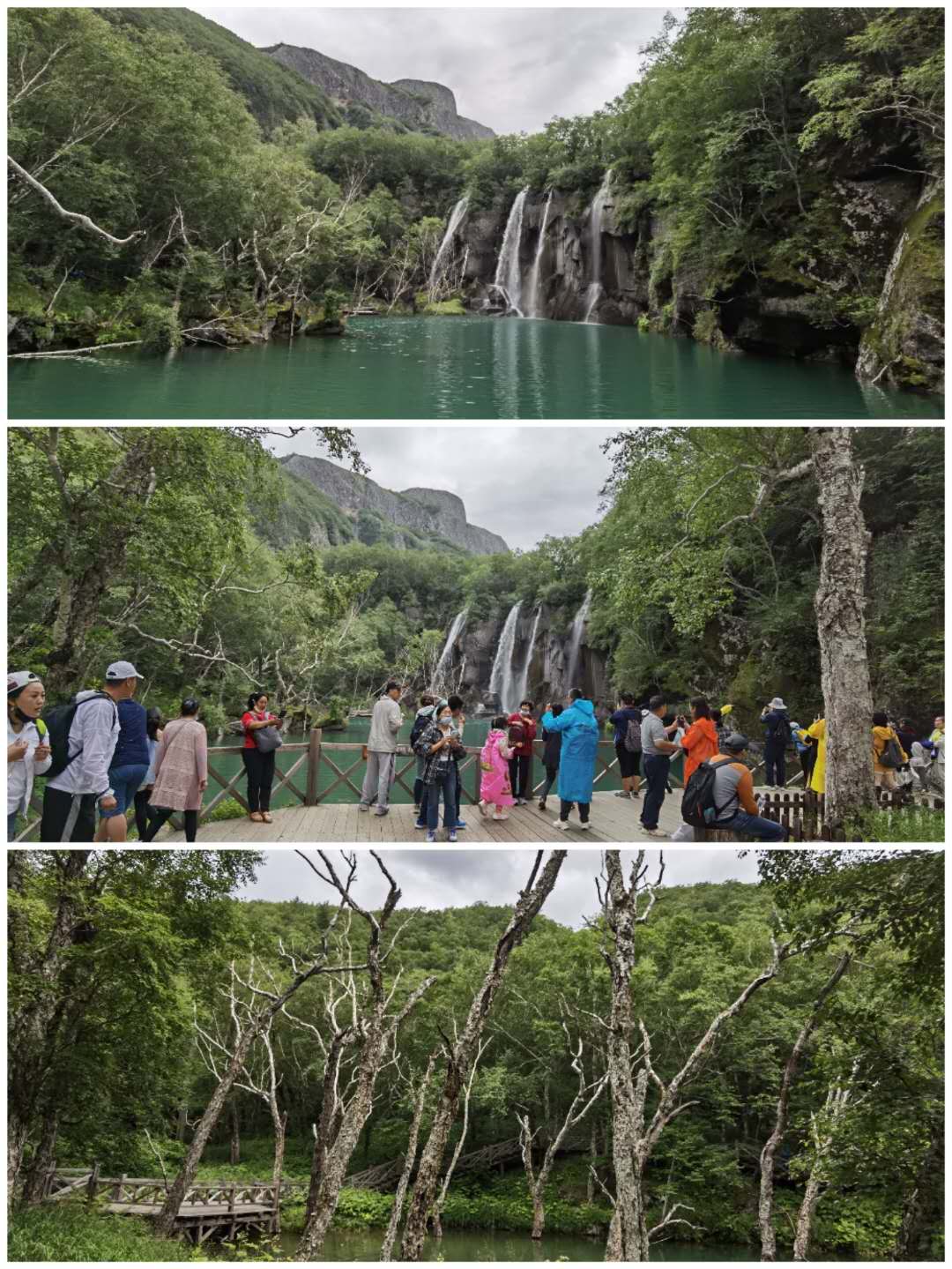
Day 6, 14 Aug 2020
Jinjiang Wood House Village is a unique and historic destination located only a 30-minute drive from Songjianghe Town. Its the last wood house village in Changbai Mountain area, founded by a team of Manchu soldiers under the order of Emperor Kangxi in 1677. The houses are constructed entirely of wood, including the walls, tiles, and chimneys. Some of the walls are covered with clay. Remarkably, the village is still inhabited and free to visit. Some of the residents have also converted their houses into restaurants. The village blends well with its natural surroundings and offers a pleasant walking experience around the houses or a challenging climb up the mountain.
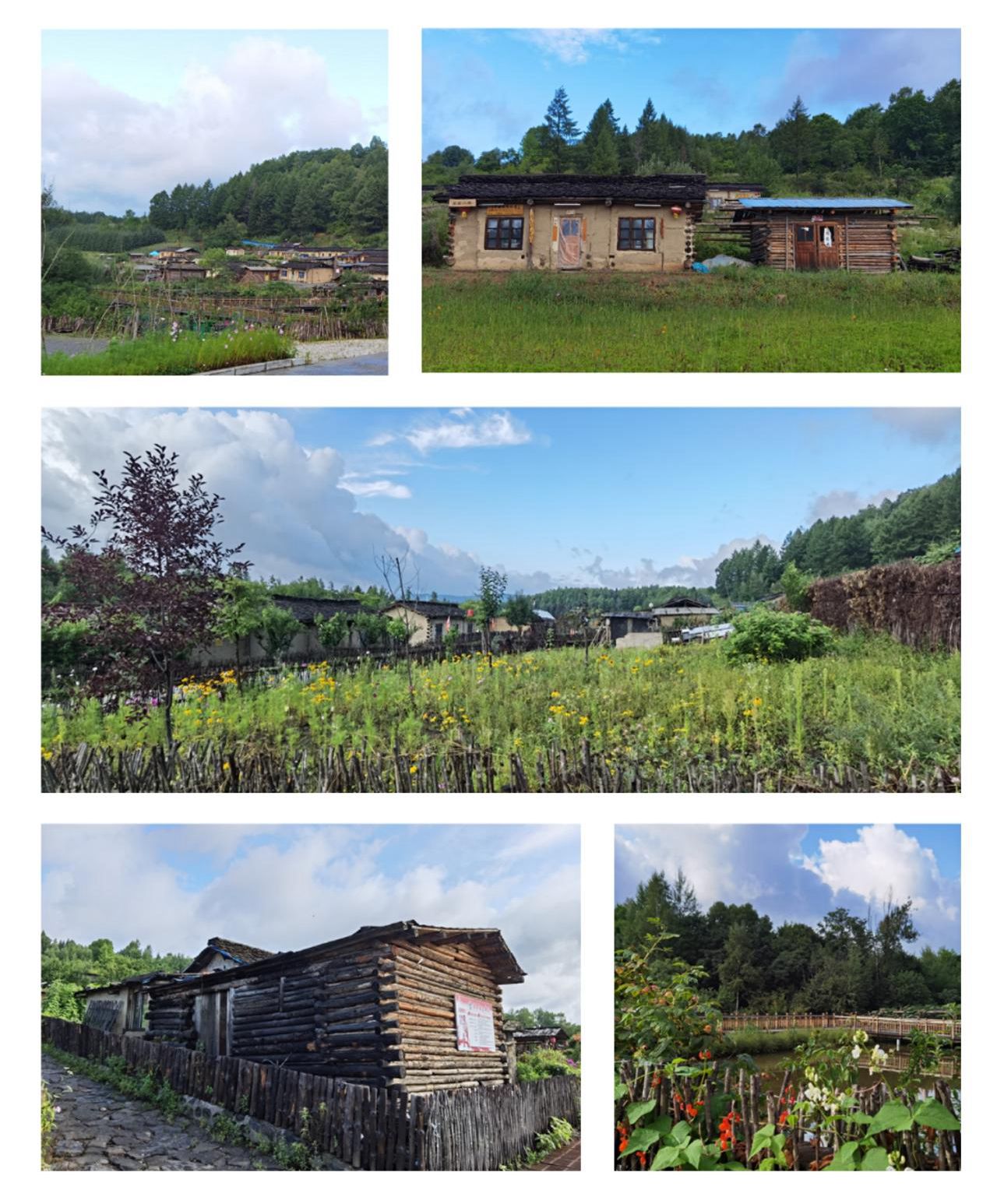
Day 6, 14 Aug 2020
Scenes along the Yalu River
Along the way to Swan-gazing Scenic Area from Jinjiang Wood House Village, a significant portion of the road runs along the Yalu River that separates China and North Korea. The view is breathtaking, with green mountains on both sides of the river. The scenery is so captivating that it kept me awake during the car ride, which doesnt always happen. We made a few stops along the way, allowing me to catch glimpses of some villages and a city located on the North Korean side. At one spot, it seemed as if the other side was so close that I could walk across the river within a few minutes.
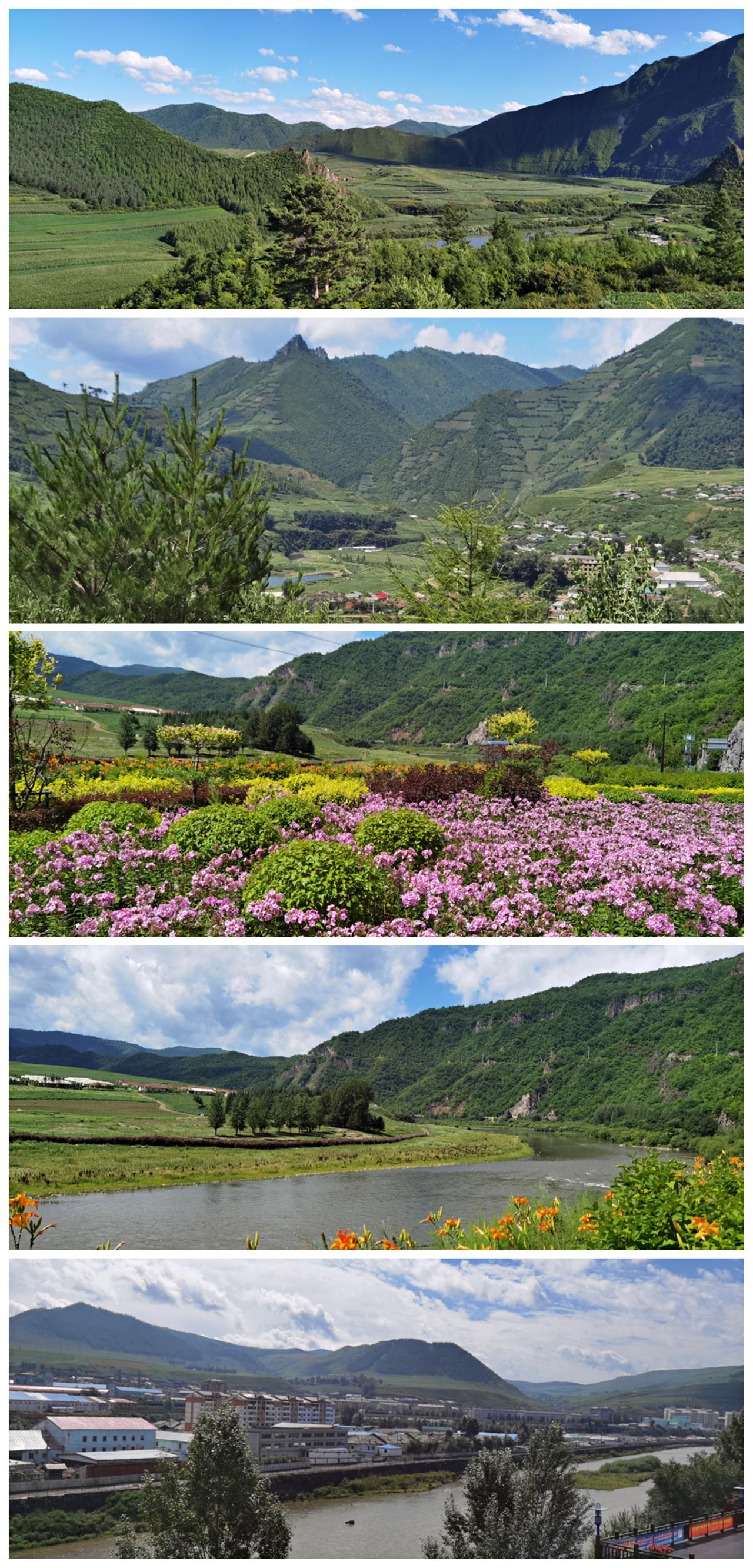
Day 6, 14 Aug 2020
Swan-gazing Scenic Area(Wang Tiane)
The Swan-gazing Scenic Area, also known as Wang Tiane, is situated in Shiwudaogou Valley, one of the many valleys in Changbai Korean Autonomy County, which is approximately a 3.5-hour drive from Songjianghe Town. The valley is adorned with a vibrant river which adds to its scenic beauty. The plank road on the forest slopes is an enjoyable walk, where you can see numerous large and small waterfalls, springs, and unique rocks. Water is ubiquitous here, not only in your sights but also in your ears. The running river, falls, drippings, and creeks coalesce to create a lovely symphony.
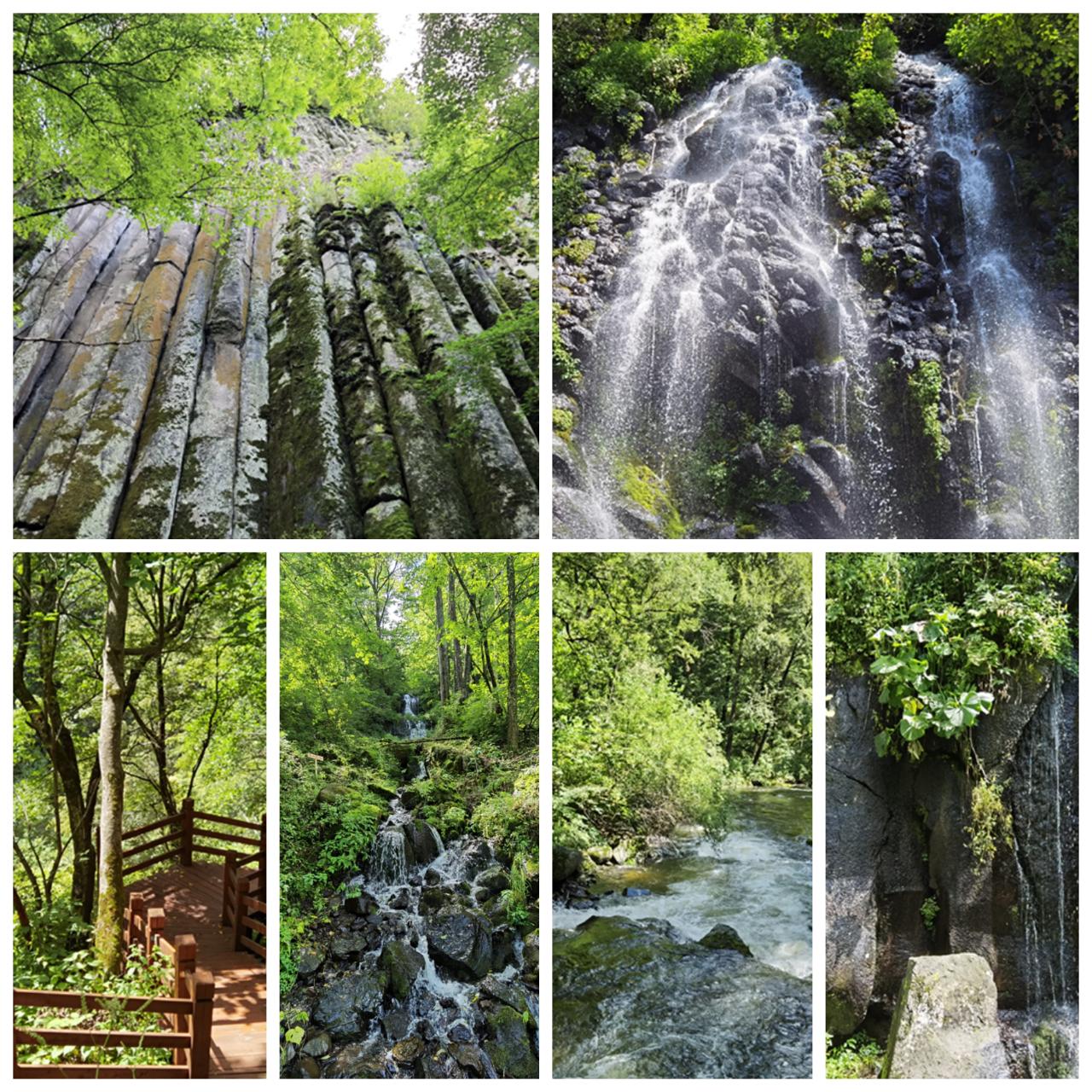
Day 7, 15 Aug 2020
Today I had the pleasure of visiting two free places: Songjianghe National Forest Park, situated just 4 km from the town center. This original forest offers plank roads to walk through and is a peaceful escape from the citys hustle and bustle. The Flower Sea in Fusong County, located 11km from the town center, is a vast field of flowers. Although not as impressive as the previous destinations, its a perfect place to slow down before embarking on a bus journey to Changchun city. At 14:00, I boarded the express bus from Songjianghe, which arrived early at 17:30. It was a relief that the journey took only three and a half hours, an hour earlier than mentioned on the ticket.

Day 7, 15 Aug 2020
Changchun City, capital of Jilin Province
After 3 quiet nights in Songjianghe Town, back to the busy city night, not bad! The liveliness of the citys night was a refreshing change, and I enjoyed being surrounded by the urban atmosphere. However, I have to admit that I overindulged and ate more than I should have.
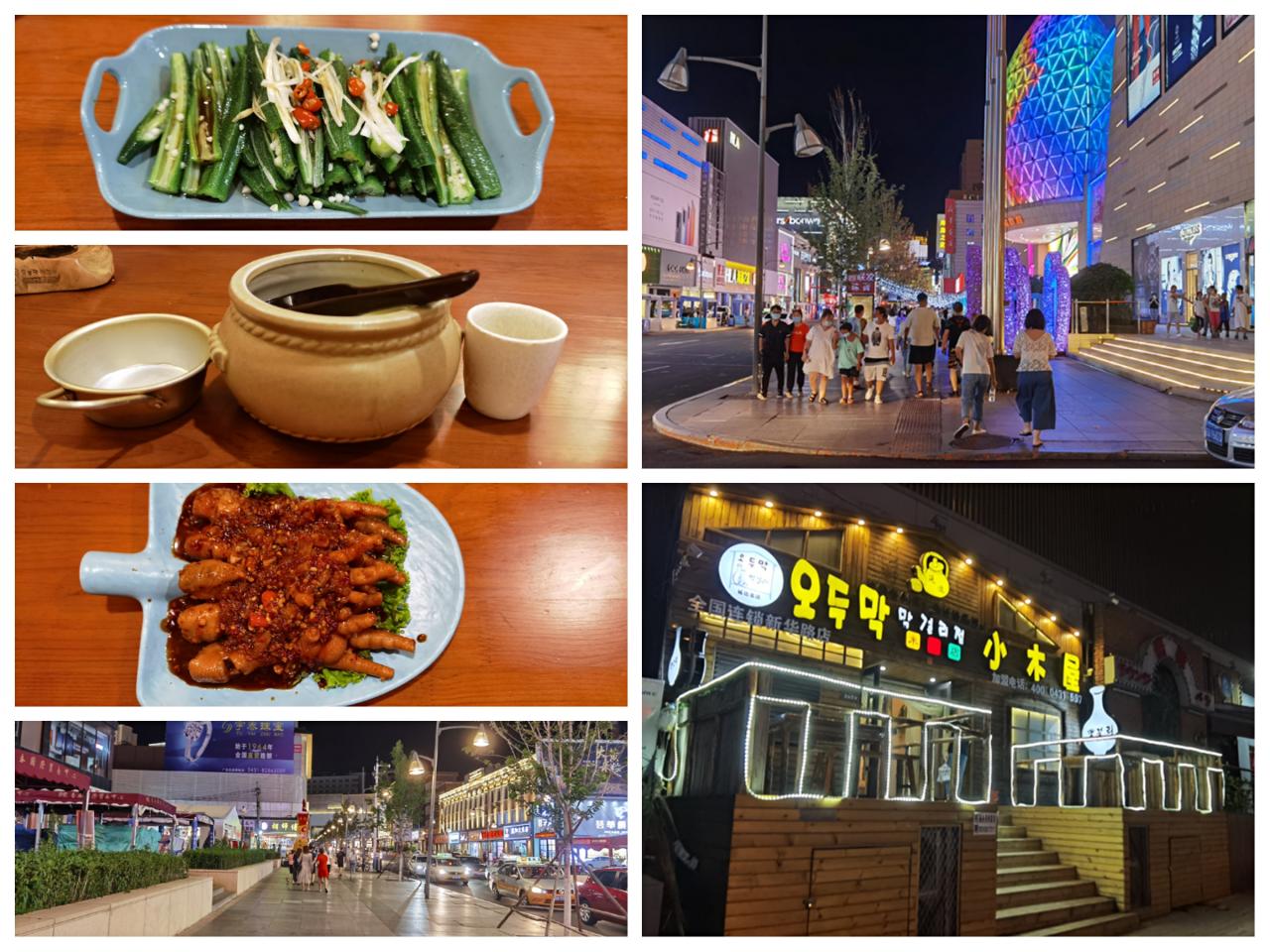
Day 8, 16 Aug 2020
Palace Museum of the Manchurian Regime
The Palace Museum of the Manchurian Regime is undoubtedly a must-see attraction in Changchun, especially for Chinese visitors. Although there are hardly any English introductions offered here, the complex has numerous buildings and exhibitions that provide informative insights into the life of the Last Emperor Puyi and the Manchurian Regime controlled by the Japanese from 1932 to 1945. I spent around 3.5 hours exploring the museum, and yet, I still hadnt finished seeing everything. I left feeling both physically and mentally exhausted, but it was undoubtedly worth the visit.
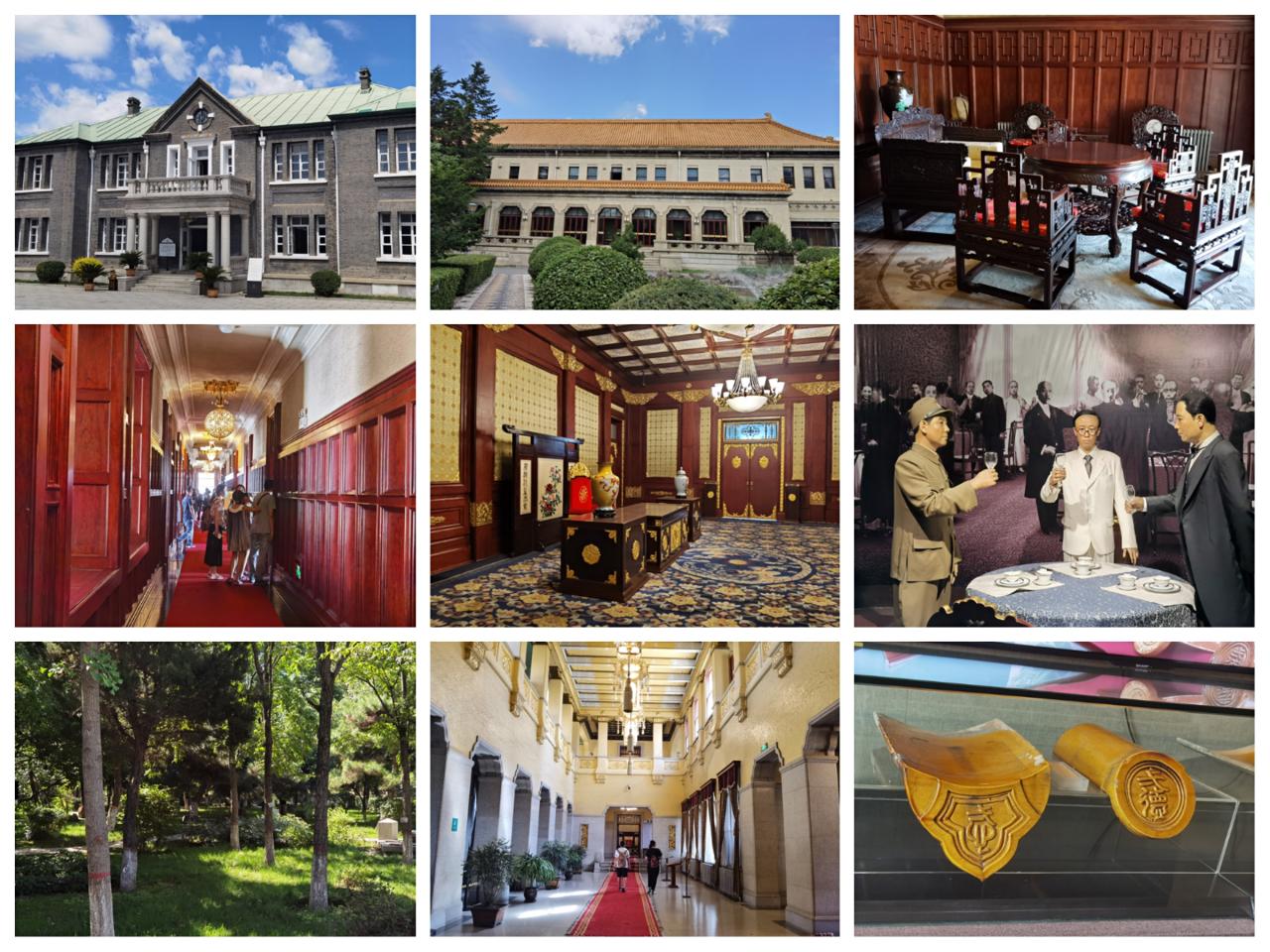
Day 9, 17 Aug 2020
I took the metro to Jingyuetan National Scenic Area, which was approximately an hour away from Renmin Square. The park is characterized by sprawling greenery, with a large pool surrounded by forests and wetlands. You can opt to take the shuttle bus that runs through the park if youre tired or walk along the forest footpath around the pool. I intended to complete the walk, but due to the parks vast size and the heavy rain, I had to abandon my plan. Later, I traveled via metro to Guilin Hutong(lane), which is flanked by small restaurants all the way. I had my lunch/dinner at a larger eatery nearby. Its worth noting that food portions in the North East of China tend to be larger than elsewhere.
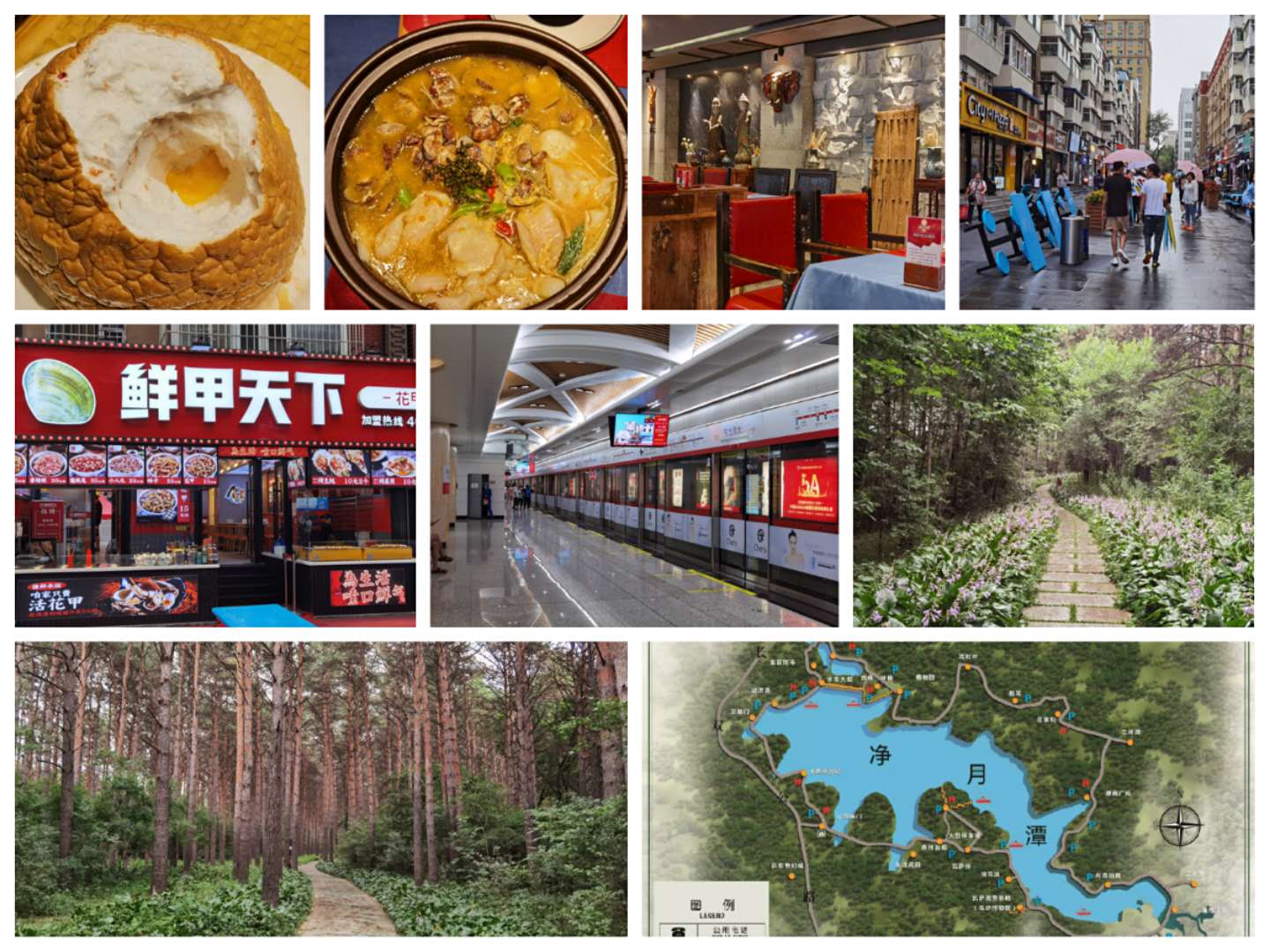
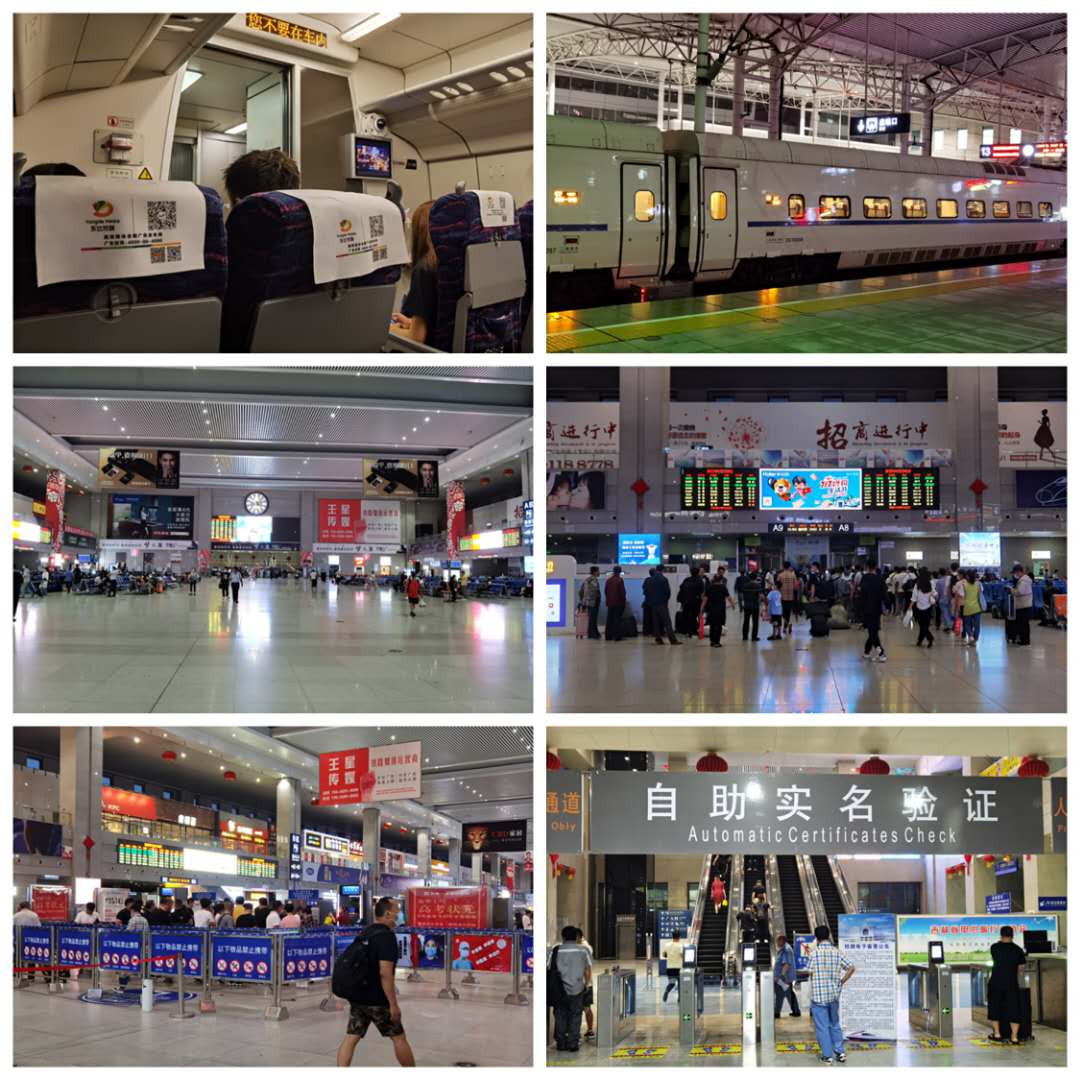
Day 10, 18 Aug 2020
As a visitor, I could summarize my overall impression of Harbin, the capital city of Heilongjiang Province, in two words: Russian Influence. The introduction of modern urbanization in Harbin began with the construction of the Chinese Eastern Railway in 1898, initiated by the Russians. Within ten years, thousands of robust industrial and commercial enterprises were established by Russian immigrants. Nowadays, there are numerous Russian-style old buildings scattered across the city, with many designated as heritage architecture. The most prominent location to view these buildings is Zhongyang Street (Central Street), which is still the most popular area in the city, featuring numerous restaurants, shops, cafes, department stores, hotels, and stalls.

Day 10, 18 Aug 2020
Other places of Harbin
I had been looking forward to visiting Harbin for years, mainly because of the Ice and Snow World. However, since it doesnt operate in summer, I explored other areas of the city on foot or by bike. Here are some of the places I visited:
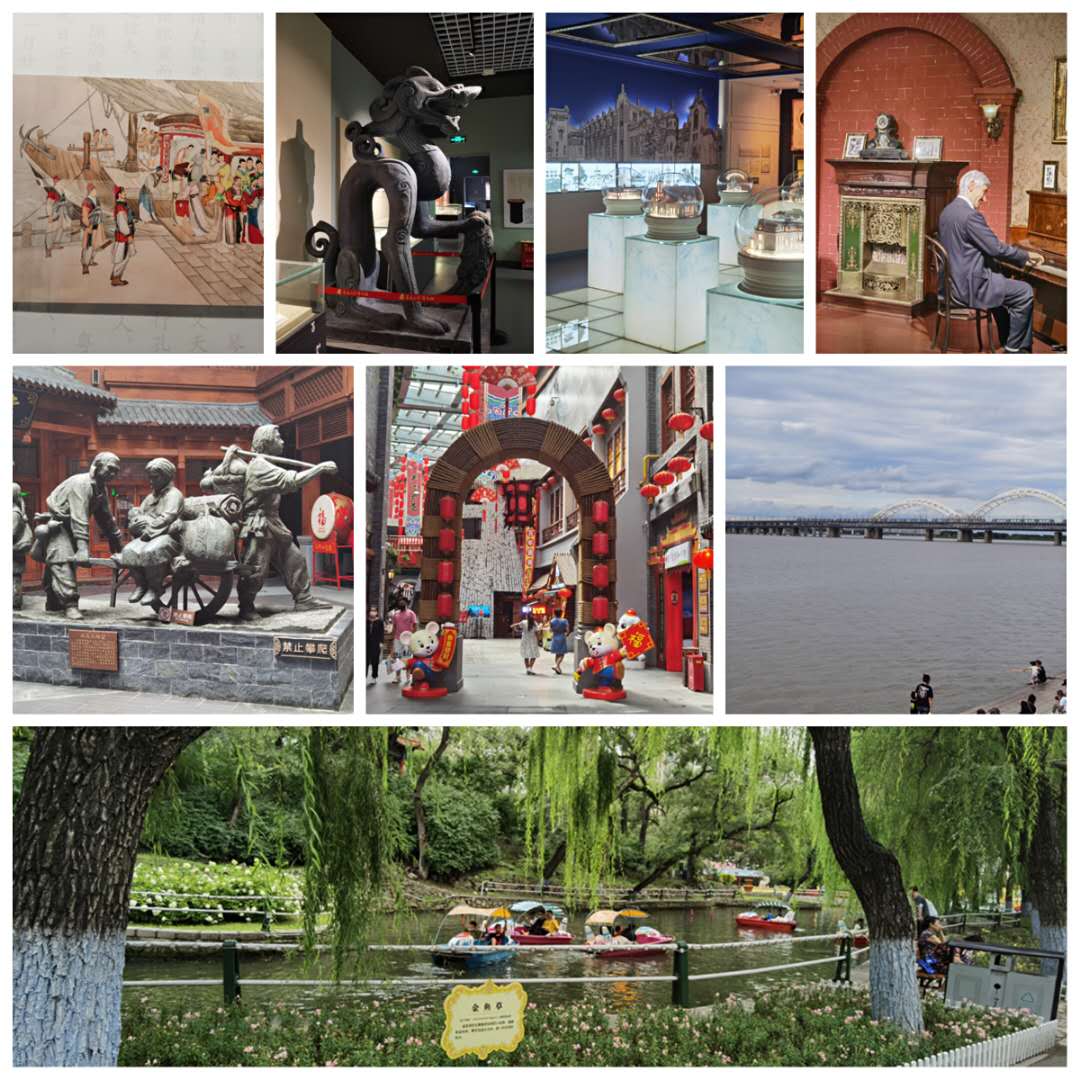
Day 10, 18 Aug 2020Night life on Zhongyang Street!
I was pleasantly surprised to see the number of people on Zhongyang Street at night, which was about three times more than in the morning. The street was bustling with activity, with vendors selling a wide range of items such as food, books, clothes and gifts. Whats more, there was even a small concert held on the balcony of the famous Modern Hotel - a great spot for music enthusiasts. In my opinion, staying on this street would be an excellent idea if you want to experience the vibrant nightlife of Harbin.
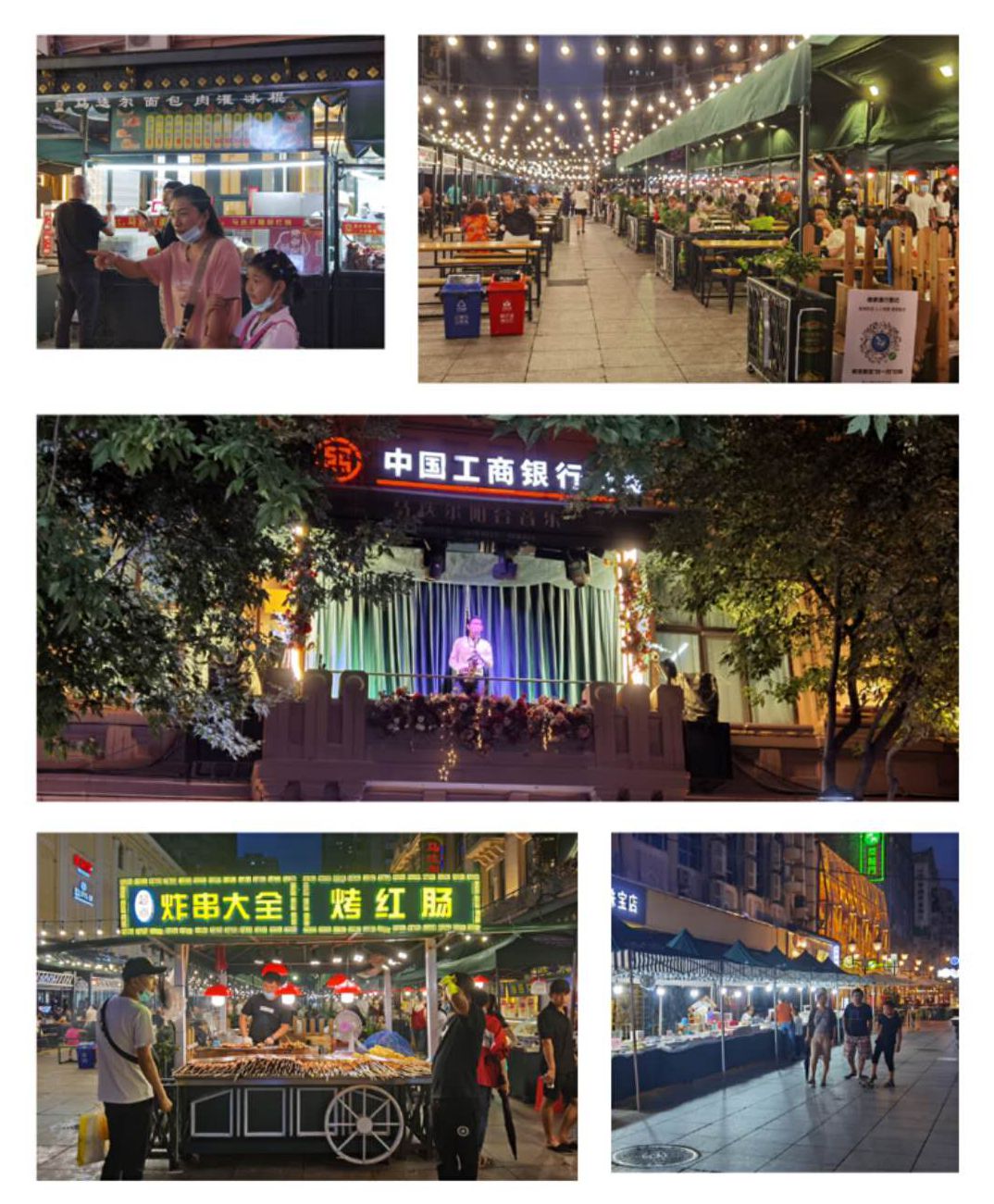
Day 11, 19 Aug 2020
I took the high-speed train from Harbin to Jiamusi (0806/1037) and then walked a few minutes to the long-distance bus station to catch the bus to Tong Jiang (1130/1450). Tong Jiang is a small city that falls under the administration of Jiamusi City. After arriving, I checked into a hotel and strolled around the Tong Jiang bus station. Later on, I took a 10-minute taxi ride to Sanjiangkou Scenic Area, which is an AAAA level tourist attraction and free to visit. Sanjiangkou is where the Heilongjiang River and Songhuajiang River meet without mingling. You can see the black Heilongjiang water flow parallel to the yellow Songhuajiang water. On the north bank of Heilongjiang, lies Russias land. The city is an international port that has a lot of trade with Russia. Moreover, Tong Jiang is known for its fish cuisine. Though I could only order one dish, it tasted great, but the small bones proved a little challenging to deal with.

Day 12, 20 Aug 2020
The mornings start early in Tong Jiang, as I woke up at 4:10 am to the sound of a group of soldiers or police training on the street. Surprisingly, it was light outside and the sun was already rising halfway through the window. I had never seen the sun rise so early before. After waking up, I walked to the bus station to catch the 7:20 am bus to Jiejinkou Village, which arrived at 8:30 am. The village is located 45 km away from Tong Jiang, at the foot of Jiejin Mountain, with a nearby lake and vast Heilongjiang River separating it from Russia. I strolled around the village, climbed the mountain, and took a 10-minute speedboat ride on the river. It was a great combination of activities. I found it particularly fascinating to look across the river at Russia since Ive always lived inland. Even though I only saw some trees, the scenery felt boundless and open.
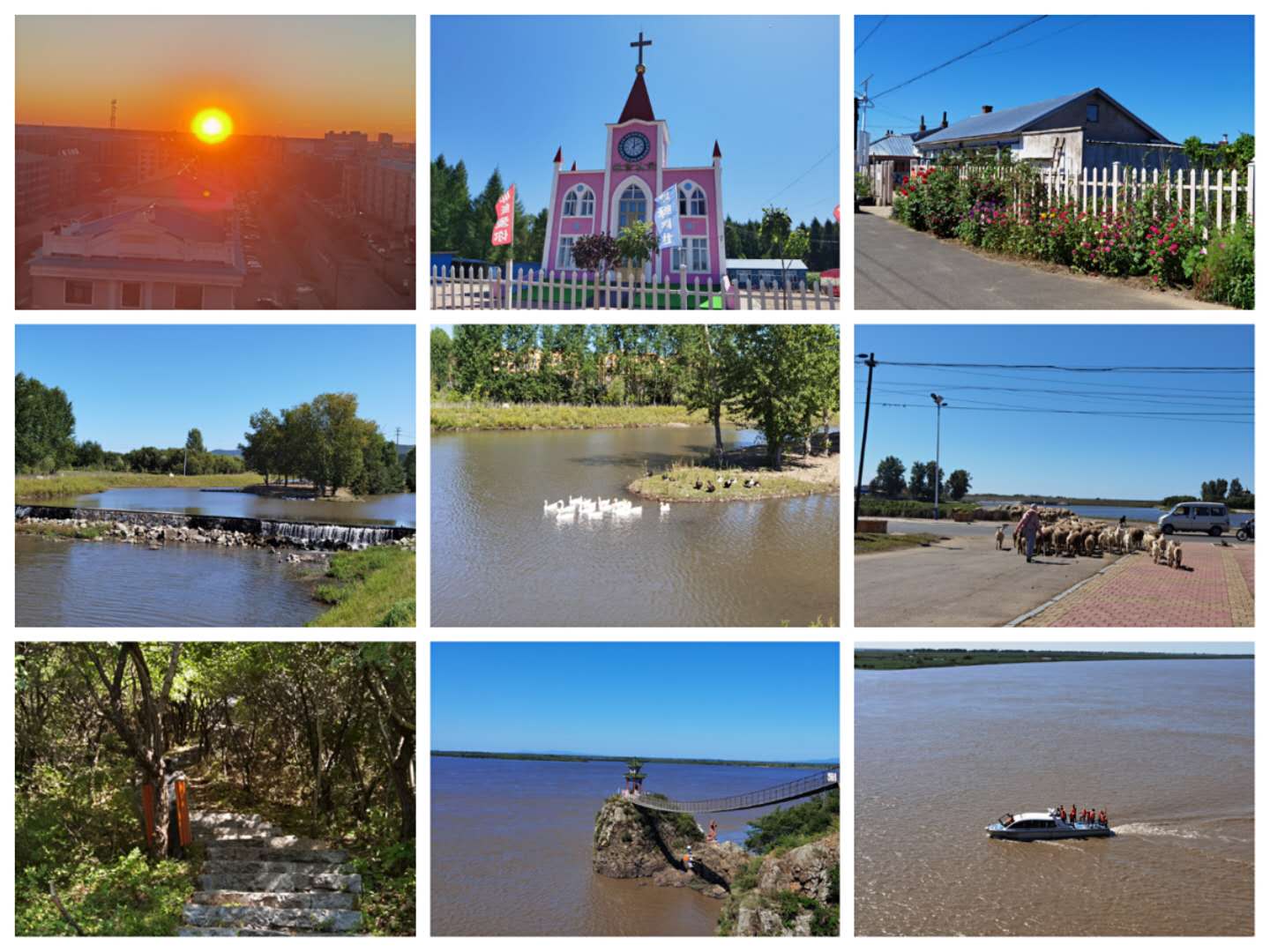
Day 12, 20 Aug 2020
Jiejinkou Village is home to the Hezhe people, one of the smallest ethnic groups in China with a population of only about 5000. Their lives used to depend on fishing, and even today, fish remains a central part of their culture. Everywhere you look in Jiejinkou Village, there are fish-related artifacts such as paintings, sculptures, skin handicrafts, decorations, and more. The primary food of the Hezhe people is fish, and they have many ways of preparing the various kinds of fish found in the river. This time, I opted for a boneless fish dish, and it was absolutely delicious!

Day 13, 21 Aug 2020
At 6:30 am, I boarded the bus in Tong Jiang and arrived at Jiansanjiang Station at around 7:50 am. From there, I took the slow and old Jiansanjiang-Fuyuan train (0802/11:49), which offers various seating options such as seats, hardsleepers or softsleepers. Fuyuan is a small city where the Northeast-southwest roads showcase the Heilongjiang River on the Northeast end and the mountains/hills on the Southwest end. The Northwest-Southeast roads feature mountains/hills at both ends, making it easy and enjoyable to explore the area on foot. In addition to wandering around the river and hills, I also visited the Fish Museum and a fish market. While the Fish Museum only takes less than half an hour to tour, it costs 50CNY, making it perhaps not worth the price.
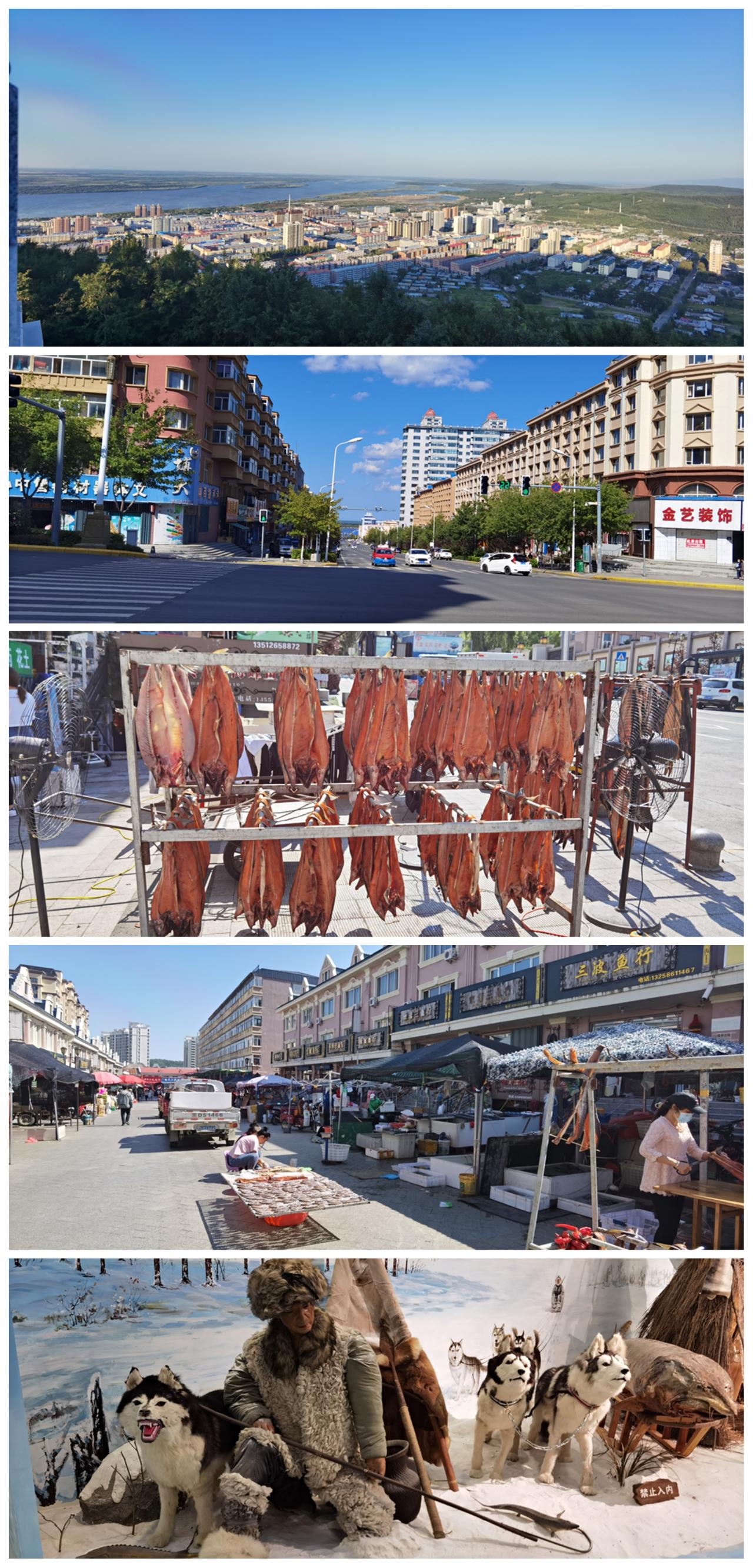
Day 13, 21 Aug 2020
Today, I had an adventure when I almost got lost in the forest on one of the hills around Fuyuan city. As someone who doesnt often encounter these situations, it made for an exciting story. From the West Hill, my plan was to walk through the forest trails all the way to the South Hill. At first, everything seemed normal. However, the trails started getting narrower, and I was the only one around, which began to make me feel uneasy. After about 40 minutes of walking, the trail became less and less visible. I stopped to check my phone for directions, but there was no signal. The only thing my phone could tell me was the direction, so I decided to turn eastward towards the city, even though there were no visible paths. Along the way, I found spider webs on my cap and glasses, and huge mountain ants on my bare feet. There were so many ants on the ground that they seemed to hate the intruder and wanted to scare me away. Realizing that this was not a good idea, I tried to go back to the trail where I came from, but it took some time before I could find it. I picked up a big tree branch as a weapon to help move and protect myself in case of snakes. To be honest, I was a little scared. Despite this, I told myself to focus on finding my way back, and eventually, I found the trail again.
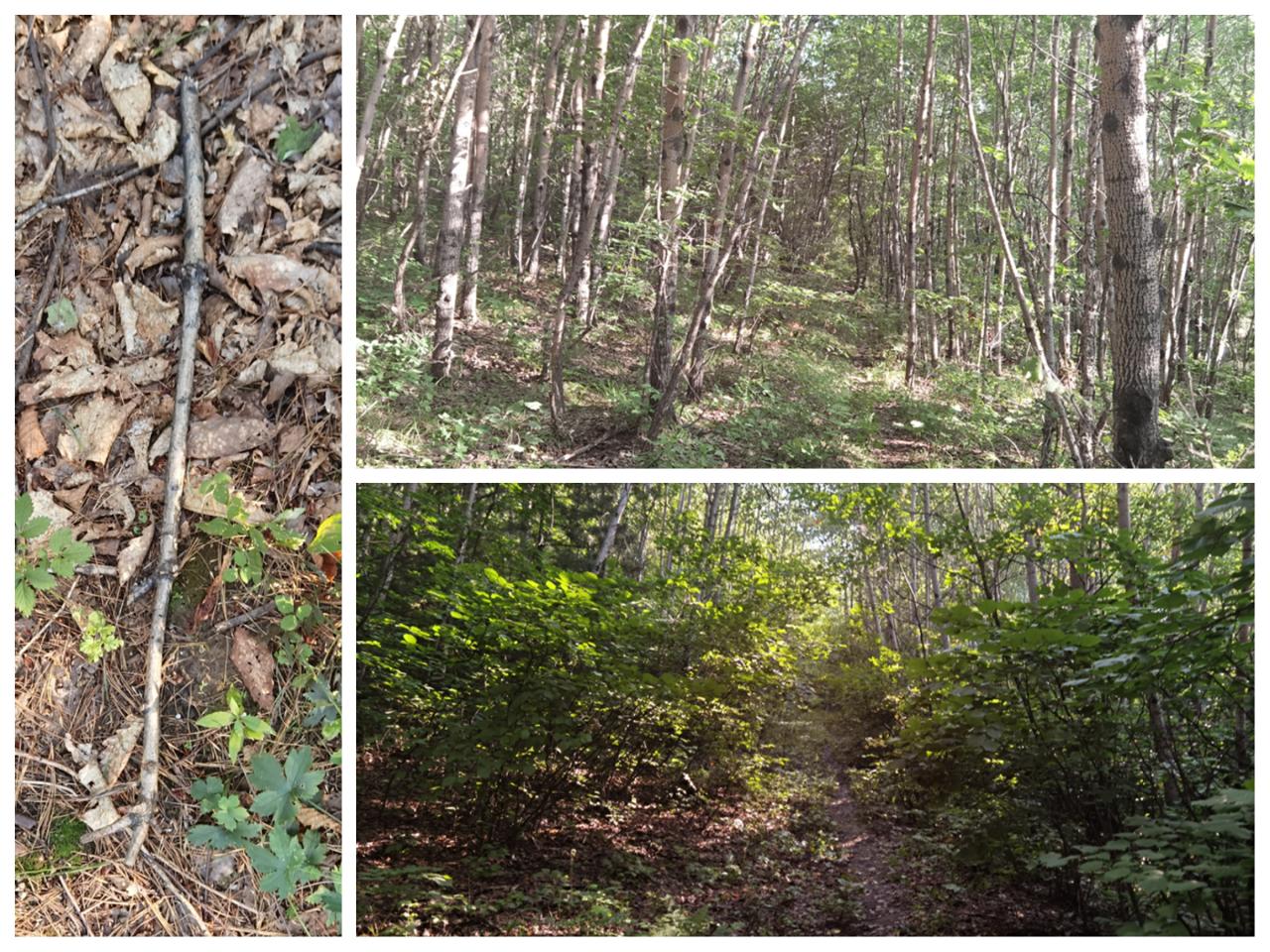
Day 13, 21 Aug 2020
After some time, I stumbled upon some locals at a crossroad on my way back. They informed me that the trail I took was a dead end and advised me to take another one instead. Following their advice, I took the right trail, which eventually led me to a temple. From atop the temple, I had the best view of the city and its surrounding areas. It felt good to be up there after my adventure in the forest.
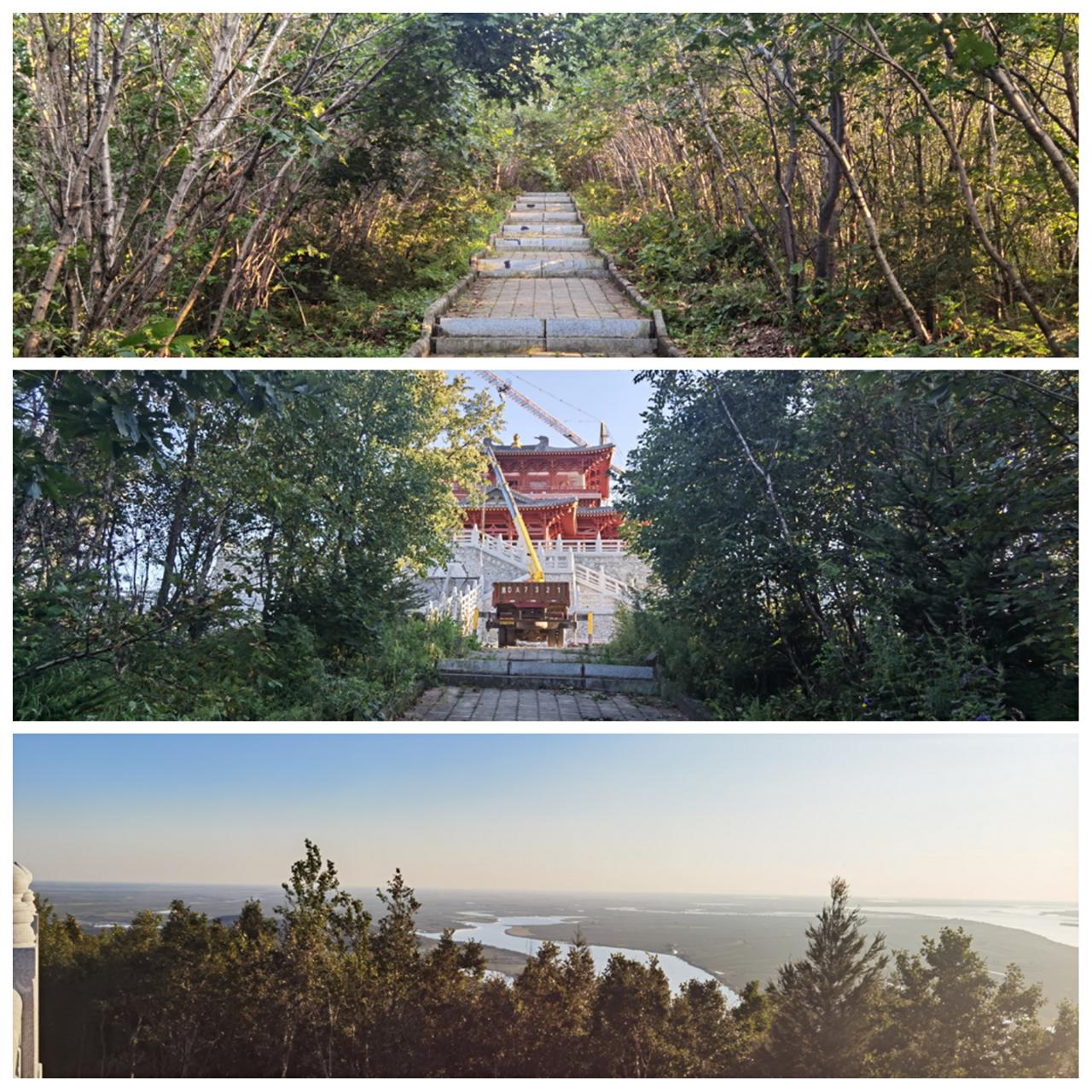
Day 14, 22 Aug 2020
The public bus departed from Fuyuan bus terminal at 8:30 am and arrived at Dongji Square, also known as the easternmost square, at 9:10 am. As a sign indicated, it is 1714 km away from Beijing!
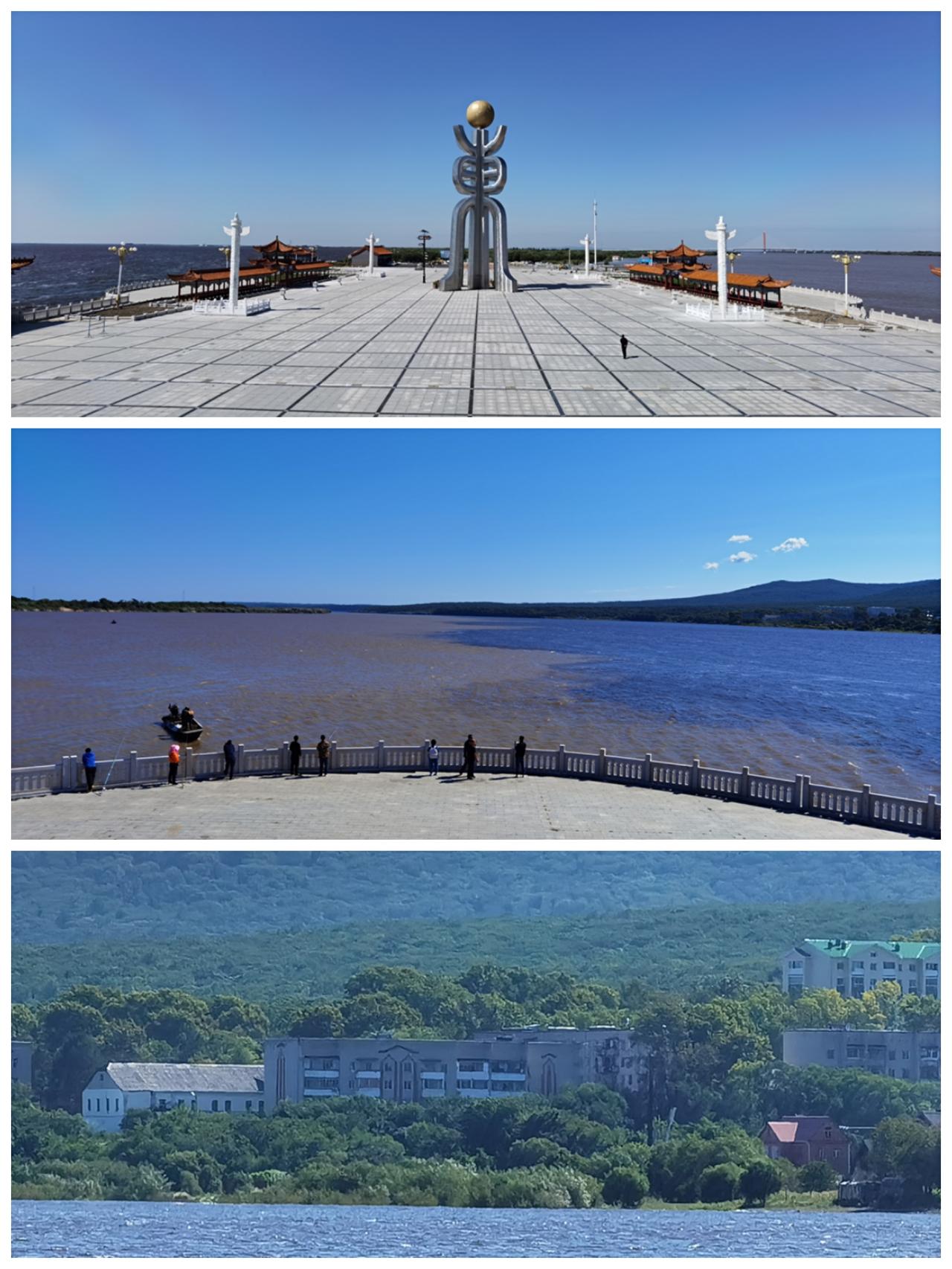
Day 14, 22 Aug 2020
After exploring Dongji Square, we proceeded to visit the nearby Heixiazi Island. Interestingly, the west half of this island belongs to China and the east half belongs to Russia. The islands name "Heixiazi" means "black blind," which is a nickname for the black bear in China. The island comprises three main sites that are connected by a shuttle bus service.
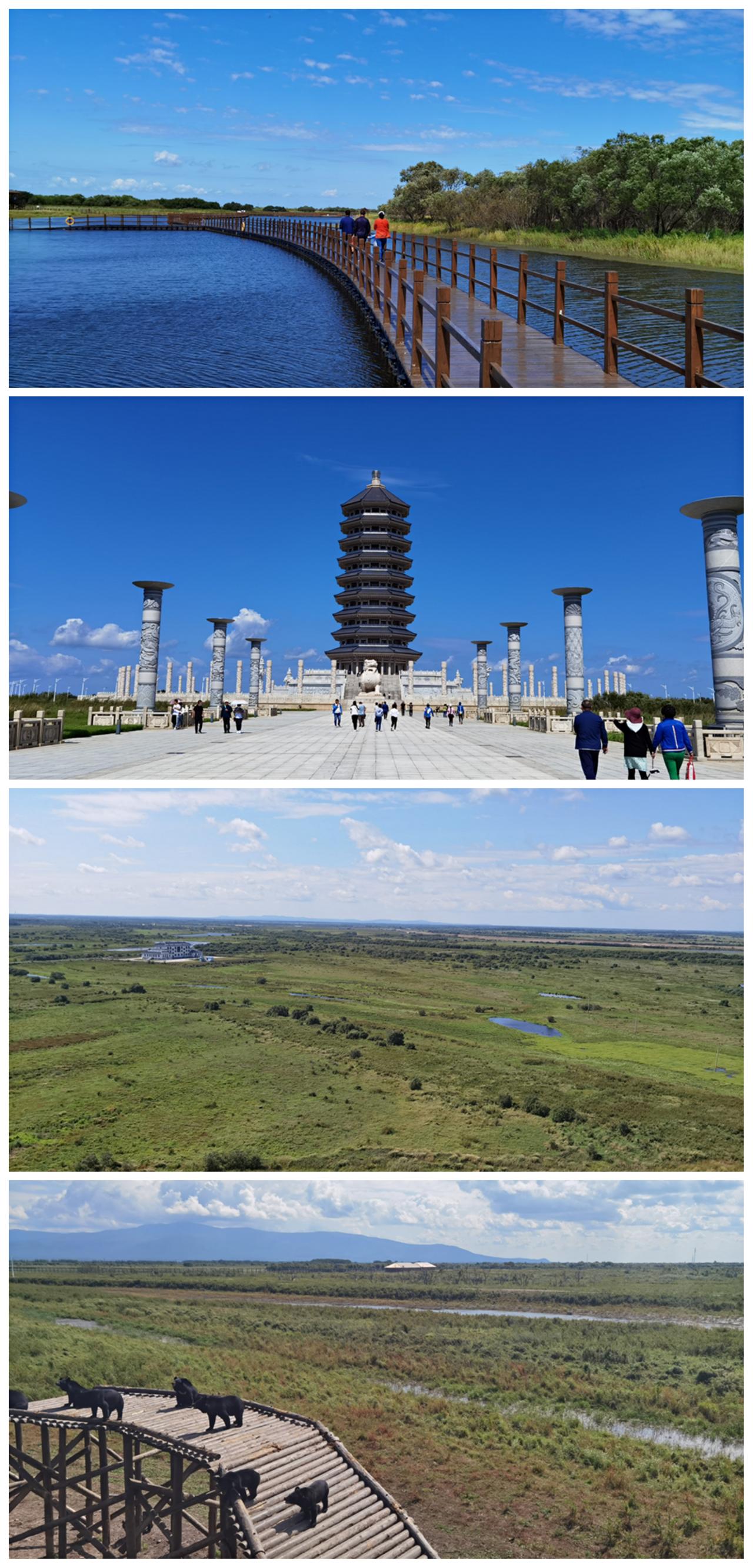
Day 16, 24 Aug 2020 Back home in Beijing this morning.
My long journey back home began with a flight from Fuyuan to Harbin yesterday morning, followed by a flight from Harbin to Tianjin (originally Beijing, but changed due to a storm). After an overnight stay in Tianjin, I then took a high-speed train from Tianjin to Beijing.
Sincerely,
Angie Guo - Charmission Travel

Day 9, 17 Aug 2020Changchun train station and the train. Arriving in Harbin in 1.5 hours.